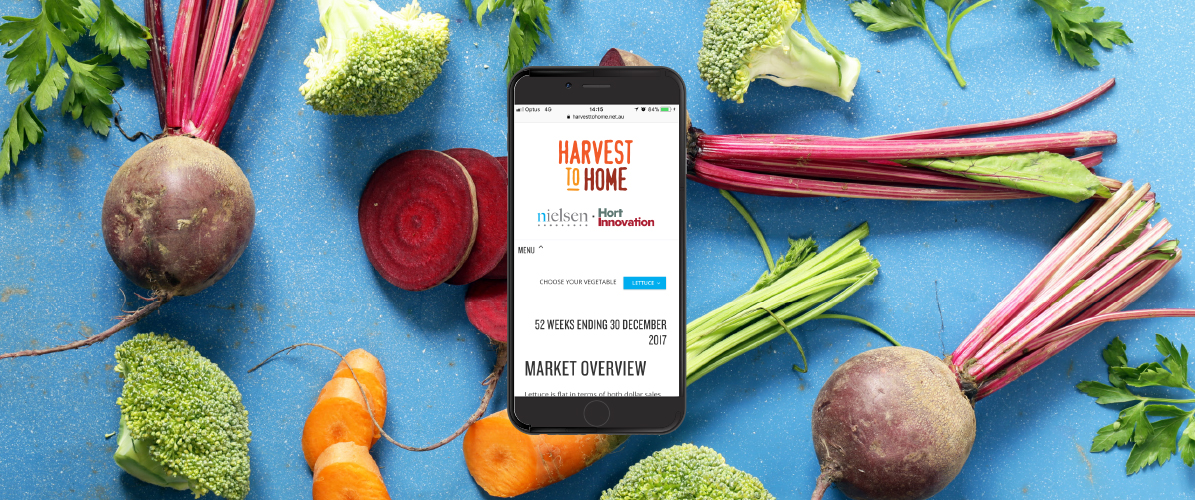
Potatoes SA partners with researchers to get into spirit of reducing waste
20 March 2018
New edition of Vegetables Australia gives food for thought about veg consumption
23 March 2018The latest data from the levy-funded Harvest to Home dashboard has revealed that pre-cut celery hearts and sticks are striking a chord with time-poor consumers.
These product categories have registered double-digit growth in volume and dollar value of sales compared to this time last year, while sales of whole and half celery are flagging with a drop in dollar value of sales and a lower increase in volume sales compared to the pre-cut formats.
Nielsen Australia has also produced a full case study investigating the performance of celery in Australian retail, including when and how consumers eat celery and how it’s performing against other vegetable lines in its competitive set.
The latest round of data on the Harvest to Home dashboard also reveals some interesting movements for other vegetable lines, including:
- Households in Victoria love leafy Asian vegetable varieties, with 40% of Victorian households buying this line compared to the national average of 35% of households.
- Major supermarkets have a relatively low market share for eggplant, with only around 50% of all dollar sales coming from major supermarkets, and non-supermarket locations (like greengrocers) representing 34.7% of dollar sales – a much higher proportion than other vegetables.
- Cabbage sales by volume have grown 4% over the past year while sales by value have declined by 3.6%, indicating a lower average price; however, fewer households purchased cabbage over the same period despite this indicated price drop.
The data on the Harvest to Home dashboard, collected through Nielsen Homescan, represents a continuous panel of 10,000 households who record all take-home packed and fresh grocery purchases from all retail outlets. The sample is demographically and geographically representative of the Australian household population.
The dashboard covers a huge range of vegetable lines, including beans, beetroot, broccoli, Brussels sprouts, cabbage, capsicum, carrots, cauliflower, celery, chillies, cucumber, eggplant, fresh salad, kale, leafy Asian vegetable varieties, leek, lettuce, onions, parsley, parsnip, peas, pumpkins, radish, spinach, spring onions, sweet corn, sweetpotato and zucchini.
You can access the data for free online by clicking here.
If you want to learn more about this project, which is a strategic levy investment under the Hort Innovation Onion, Sweetpotato and Vegetable Funds, you can read about it in the latest edition of Vegetables Australia magazine (page 10, or page 6 of the online file).
We also spoke to Chanel Day, Associate Director – Analytics at Nielsen, about the project and how it’s benefiting the industry in the latest edition of InfoVeg Radio, the R&D podcast for the vegetable industry.
This post appeared in the AUSVEG Weekly Update published 27 March 2018.
| MT17017 Vegetable Cluster Consumer Insights Program has been funded by Hort Innovation using the onion, sweetpotato and vegetable research and development levies and contributions from the Australian Government. Hort Innovation is the grower-owned, not-for-profit research and development corporation for Australian horticulture. |  |

